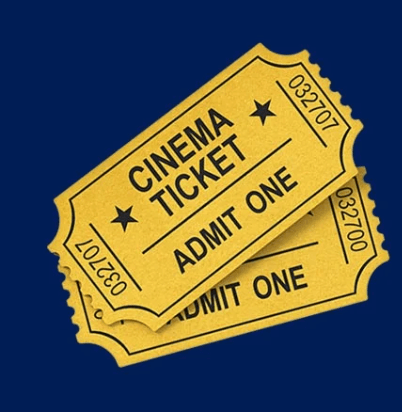
Types of Cinema Captioning
Types of Cinema Captioning
Have you ever wondered what it’s like for a deaf or hard-of-hearing person watching a movie at the cinema? For a long time, going to the movies wasn’t an appealing option for a deaf or hard-of-hearing person. Imagine trying to understand what was going on in the movie if you had hearing loss and there weren’t any captions? Fortunately, in recent years options have begun to appear that can make the cinema-going experience more accessible for someone who is deaf or hard of hearing. While there’s still a long way to go with making the cinema truly accessible, here’s a few options which may be available at a cinema near you.
Open captions
Open captions, similar to subtitles on a foreign film, are displayed on the screen for everyone to see. However, unlike subtitles, open captions will also include descriptions of other sounds that may occur in the film to benefit a deaf or hard-of-hearing audience member. Open captions are a great option for making the cinema experience accessible. Unfortunately, there are often only a few open captioned screenings a week and they are often during the daytime.
Smart glasses
Captioning smart glasses enable a viewer to have captions in their field of vision while simultaneously watching the movie. The smart glasses are similar to wearing 3D glasses. The glasses are wired up to a small box where the viewer can adjust the brightness and distance of the text. An issue that may occur is if a viewer already wears glasses in everyday life. Having to wear the smart glasses on top of another pair of glasses can be uncomfortable.
Caption stands
Some cinemas offer closed captioning via a device with a small LED screen. This device fits into the seat cup holder and the position of the screen can be adjusted to suit the viewer. However, using these devices has been known to cause discomfort for the viewer as they have to look down to the caption device and back up to the movie screen to be able to follow what is happening. It can be tiring on the eyes to have to switch frequently between close distance and far distance for the length of a movie, as well as the repetitive neck movement required. There is also the possibility of there being a delay between the movie dialogue and the captions appearing.
Rear window captioning
The captions are screened backwards at the back of the cinema. A mirror is placed in the cupholder and adjusted to reflect the captions at the back of the cinema the right way around. This is a pretty cool idea, but like the captions stands, the viewer has to constantly look up and down to follow the footage and the captions.